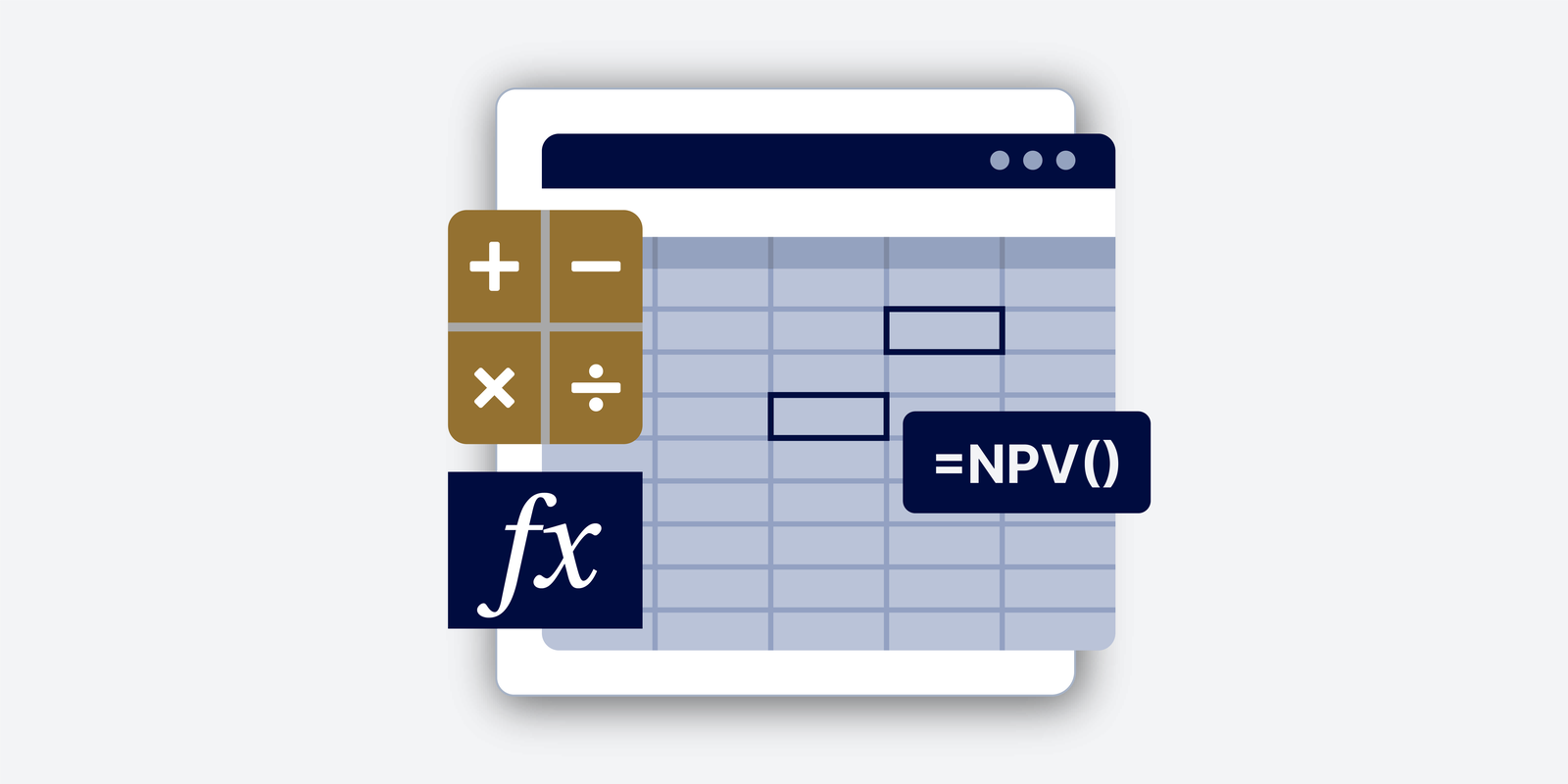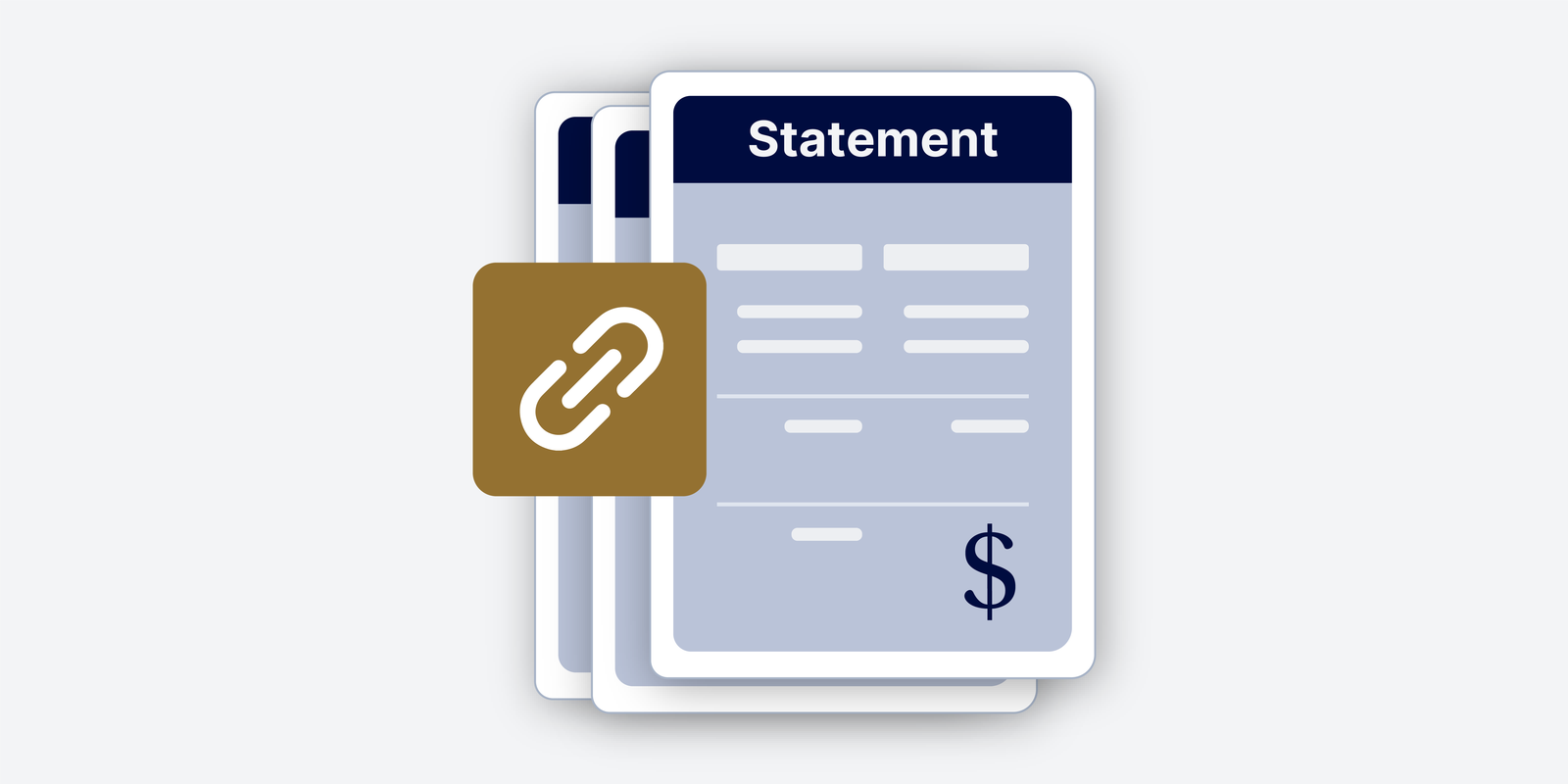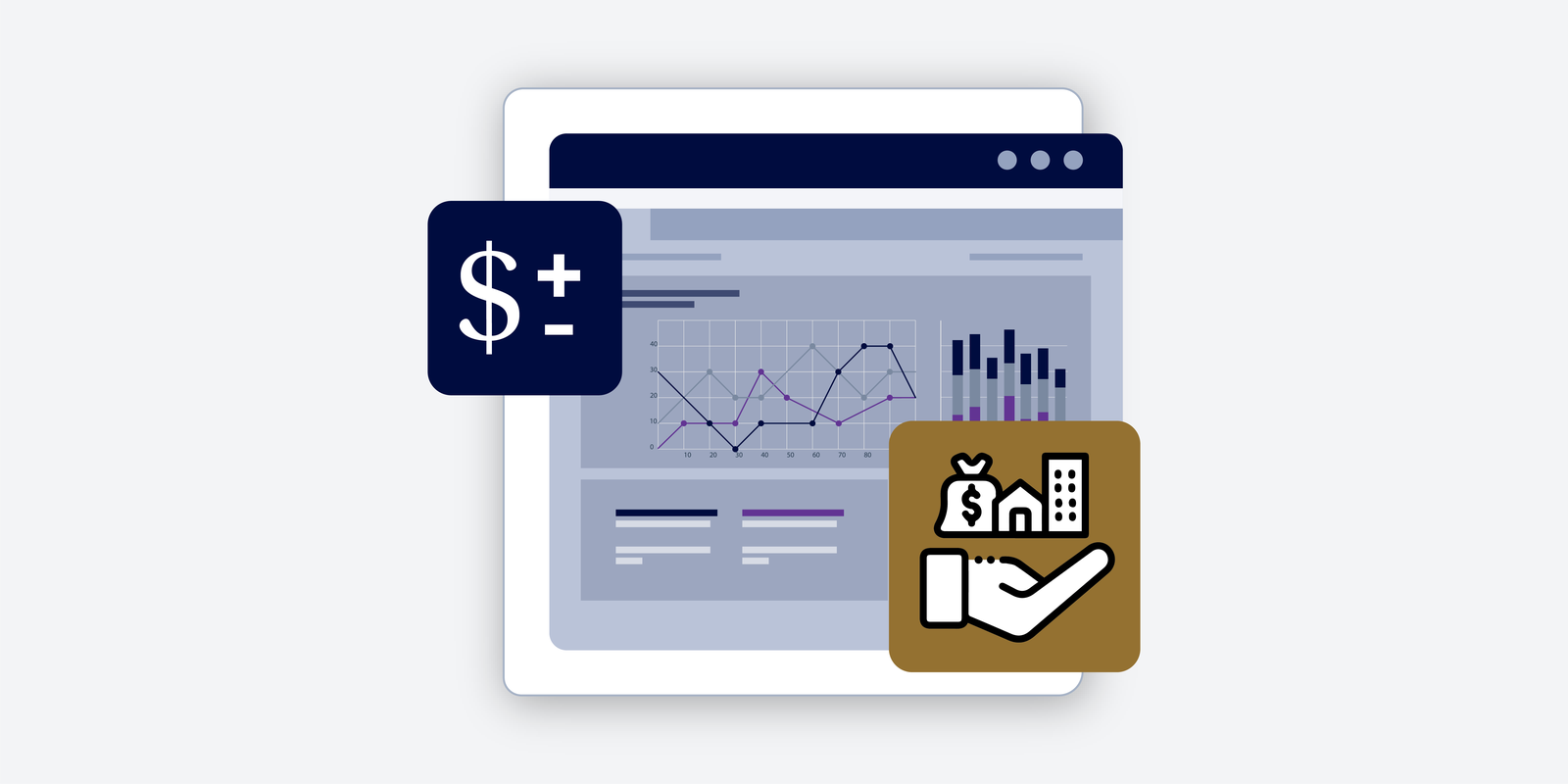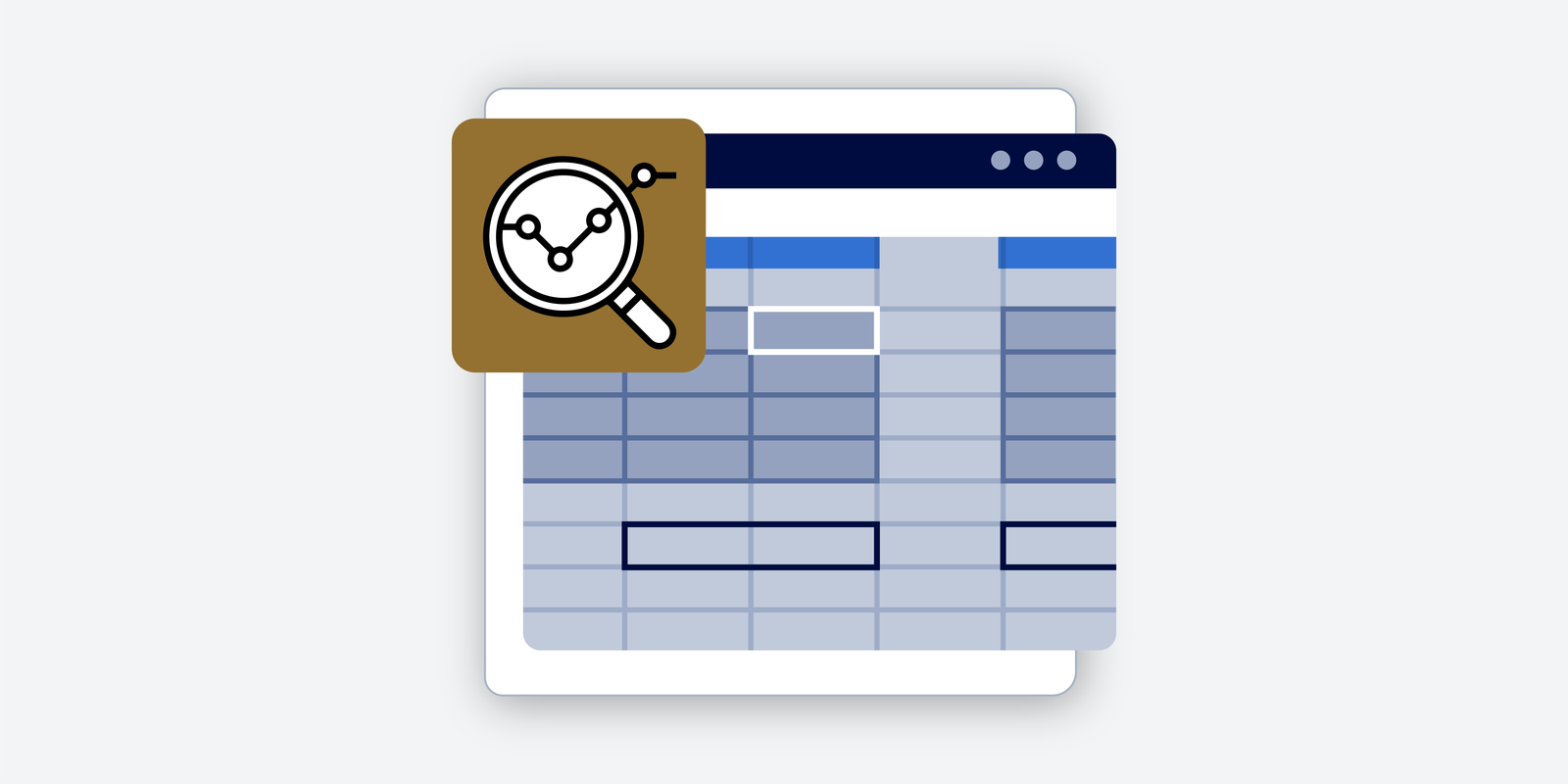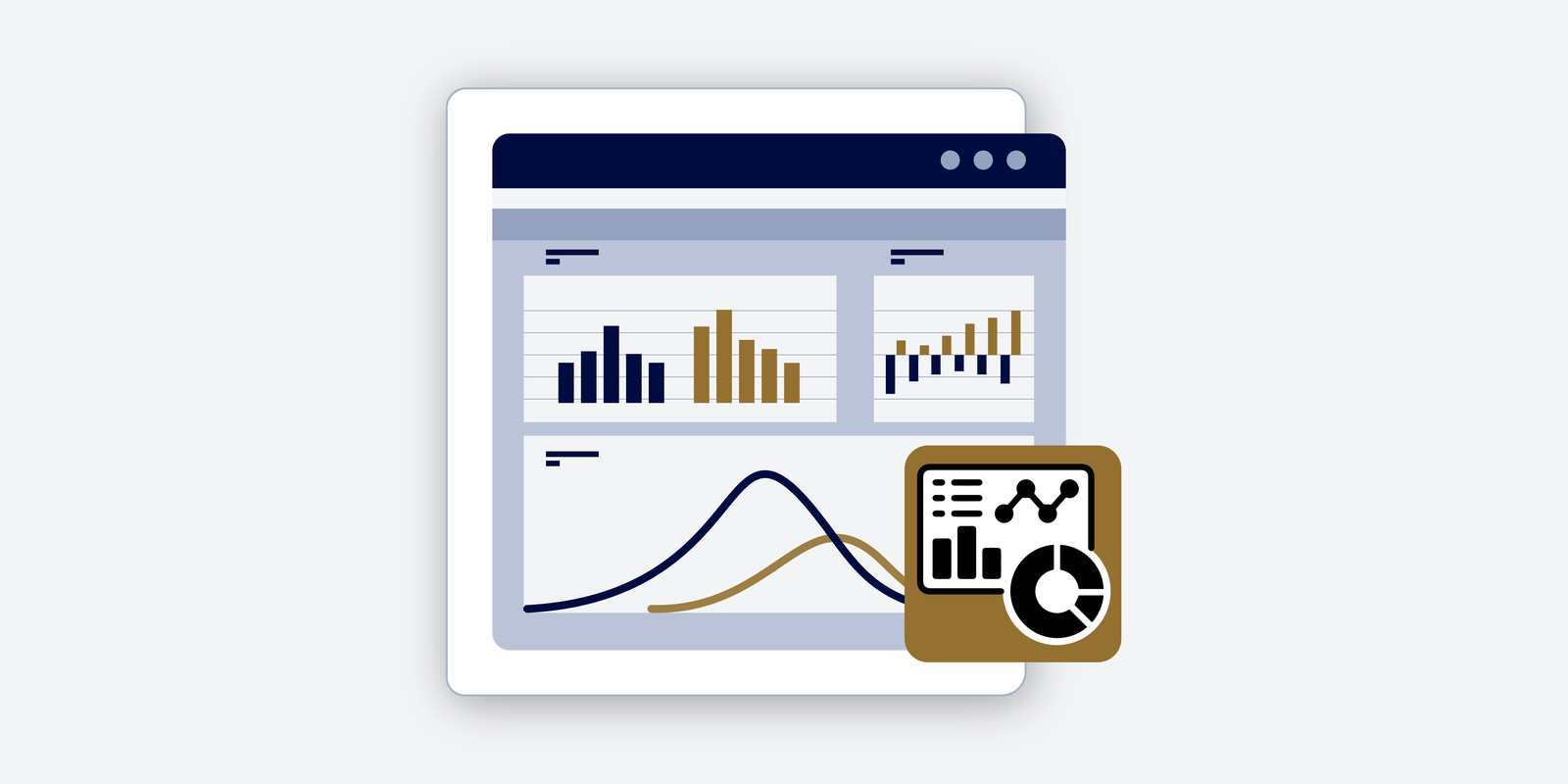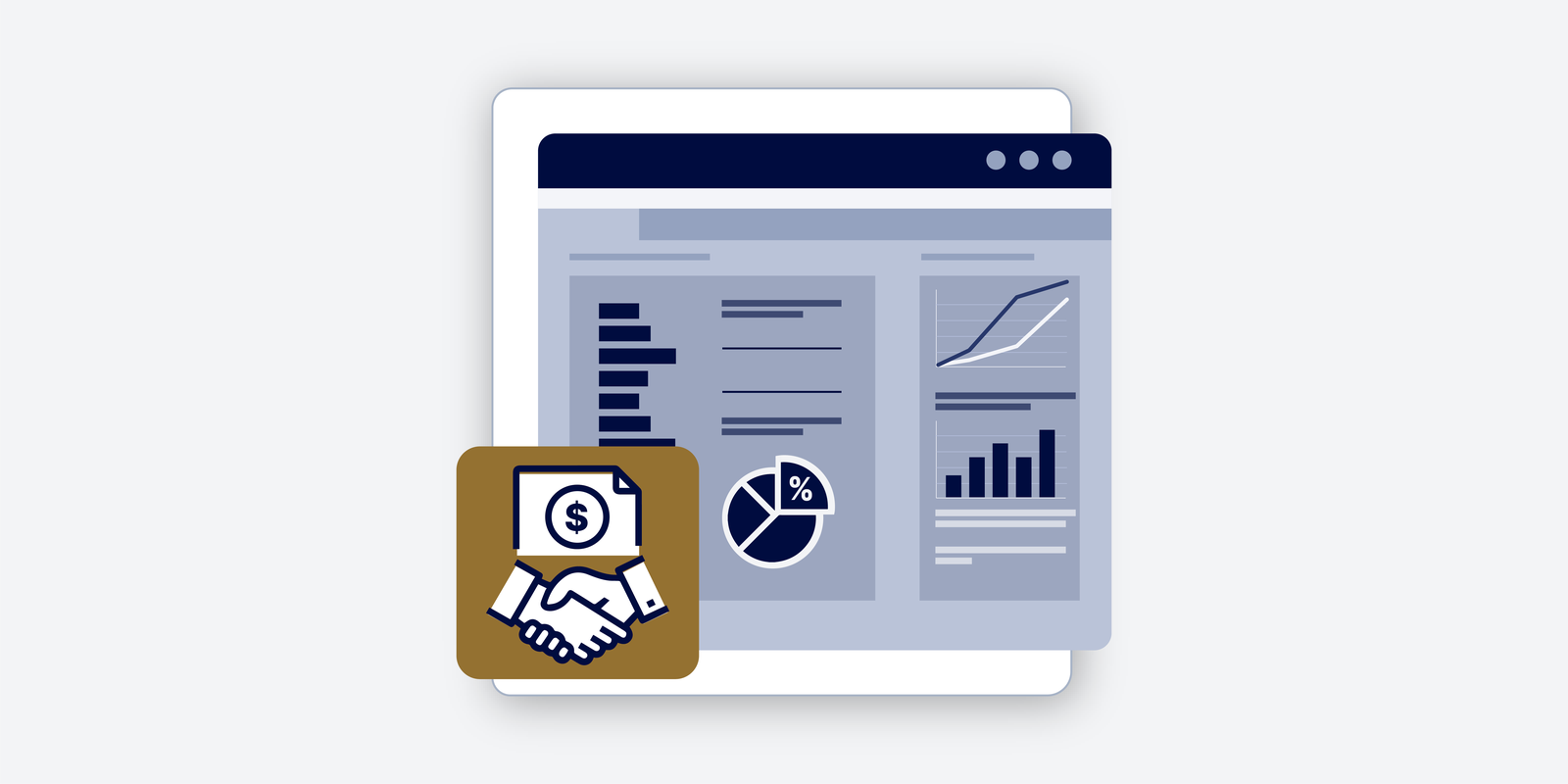Corporate Finance Explained | Behavioral Finance: How Psychology Shapes Financial Decisions
What Happens When Emotion and Psychology Creep Into Financial Decisions?
In this episode of Corporate Finance Explained on FinPod, we unpack the human side of finance through the lens of behavioral finance, exploring why even the most skilled professionals fall victim to biases like overconfidence, loss aversion, and anchoring.
Real-world cases like HP’s Autonomy acquisition and Boeing’s 737 MAX rollout show how costly these blind spots can be. But it’s not just billion-dollar boardrooms; these same patterns appear in budgeting, forecasting, and decision-making across corporate finance roles.
We explore how risk perception is shaped by mood, memory, and team dynamics, and why tools like scenario planning and pre-mortem analysis help finance teams build resilience. This conversation is a must-listen for professionals looking to sharpen their judgment and avoid costly mistakes.
Get practical tools, mindset shifts, and insights beyond spreadsheets because better decisions start with understanding how we make them.
Transcript
Hey everyone and welcome back for another deep dive with us. This time we’re diving into something that’s super relevant, I think to everyone listening. Yeah. Especially those of you in corporate finance, behavioral finance. Have you heard? Oh yeah, absolutely. It’s basically the idea that, you know, those perfectly rational financial decisions we think we’re making,
(…)
sometimes they’re not so rational after all. Yeah. Yeah. It’s all about the psychology behind it. You know, like the human element that often, you know, gets missed in those spreadsheets, but it can really make all the difference, especially when you’re, you know, maybe a few years into your career, you’re facing those more complex situations. Oh, absolutely. Yeah. I mean, like I can build a killer DCF model, but even I’ve fallen prey to some of these, you know, sneaky biases we’re going to talk about today. And trust me, they can be costly. Like remember HP and autonomy. Oh yeah. That’s a classic example of overconfidence bias right there. Like on the searches, it looked like a strategic move, right? Bolstering their soft core offerings. But I think maybe their confidence in the synergies, maybe a little bit of a blind eye to some of those, you know, financial red flags. Well, it led to a massive $8.8 billion write down just a year later. Ouch. Yeah. So overconfidence can really steer a company off course. Yeah. I mean, they basically overestimated their ability to predict the outcome, right? Exactly. And completely miss those critical warning signs. And that’s where tools like scenario analysis, you know, becomes so important. It’s all about, you know, forcing yourself to consider different potential outcomes, right? Especially, you know, those not so rosy ones. The bad ones. Yeah. Like what if this acquisition fails? What could go wrong? Yeah. What could kill this deal? Yeah. Are we really prepared for that? Exactly. That’s such a good point. Yeah. And it’s not just those mega deals either, right? Like we all face this in our day to day work. Oh, totally. You know, whether you’re building a forecast or evaluating a project,
(…)
overconfidence bias can sneak in anywhere. For sure. And it might seem harmless at first, but it can lead you to underestimate potential risks, set unrealistic goals and potentially make decisions that, you know, you’ll regret later. Absolutely. Okay. So overconfidence is definitely one to watch out for,
(…)
but let’s move on to another bias that can really trip us up a loss aversion. Yeah. I think we’ve all felt that sting before where a loss just feels way worse. I for sure. Then a wind feels good. It’s a powerful force in our decision making. Yeah. Think about it. We often go to great lengths to avoid losses, even if it means missing out on potential gains. Right. And you know, this can have some, you know, significant implications, especially in corporate finance. You know, it comes to mind. Boeing and the 737 MX. Oh yeah. They were under pressure to compete with Airbus. Right. So they rushed their updated 737 MX to market. But then when those safety concerns emerged, instead of hitting pause, they kind of doubled down. Yeah. Driven by that reluctance to accept a loss on their invasement. It’s a tragic example of how, you know, loss aversion can lead to what we call the sunk cost fallacy, right? Where you just keep throwing good money after bad that, you know, trying to recover those past expenses. You’re so focused on what you’ve already lost. Right. Yeah. And in Boeing’s case, clinging to that decision had, you know, a huge cost,
(…)
billions in lost revenue fines, and then the immeasurable human costs of those two accidents. Yeah. That’s heartbreaking. Yeah. And it really highlights, I think a crucial lesson for all of us sometimes, the bravest and you know, in the long run, most profitable position, is knowing when to walk away. Yes. Even if it means accepting a loss. Absolutely. It’s about shifting your focus from, you know, past expenses to future value and having, you know, a clear exit strategy can really help you avoid getting stuck in that, you know, sunk cost quicksand. Yeah. Pre fine points where you reassess, no matter how much has already been invested. Exactly. Okay. So we’ve got overconfidence and loss aversion on our radar,
(…)
but there’s another bias that’s just as sneaky and
(…)
potentially even more pervasive anchoring bias. It’s that tendency to fixate on that initial piece of information. Right. Even when the world around us is changing. And in the fast paced world of corporate finance, that can be dangerous. Oh yeah. You know, imagine clinging to those outdated benchmarks. Right. Or relying too heavily on, you know, historical performance data, when the market’s shifting right beneath your feet. Yeah. It’s like driving by looking only in the rear view mirror. Exactly. You’re going to miss what’s coming up. You’re going to crash. Yeah, exactly. And it makes me think of Netflix. Remember when they were all about those red envelopes and DVDs by mail. Yeah. They were doing great. They were hugely successful, but their attachment to that model kind of made them hesitant to embrace streaming fully at first. Yeah. They were anchored to that past success. Yeah. And it almost, you know, made them miss the boat on a massive industry shift. Right. Thankfully, they did break free from that anchor and became the streaming giant we know today. They did. But it’s a powerful reminder that you’ve got to constantly challenge your assumptions. Right. Be open to new information, no matter how successful you’ve been in the past. Yeah. It makes me think of those companies that are stuck in their annual budgeting cycles. Yes. They base everything on the previous year,
(…)
making small adjustments. Yeah. When sometimes you need a total rethink. Yes. To adapt to the changing world. I couldn’t agree more. Yeah. Like a great counter example is Shell, the, you know, the oil and gas giant. They’re known for their scenario planning. Yeah. You know, instead of being tethered to a single vision of the future, right? They model various possibilities, you know, different oil prices, geopolitical shifts, tech advancements to prepare for anything. That’s brilliant. Yeah. It’s like having a plan A, B, C, and D. Yeah. And maybe even E and F. Exactly. So instead of clinging to that one anchor, you’re thinking through all the what ifs. Yeah. It’s such a powerful way to combat anchoring bias and state agile. Exactly. And it just reinforces the idea that adaptability is key in today’s, you know, business environment. Yeah. Things change fast and clinging to the past can hold you back. Totally. Okay. So we’ve covered three major biases over confidence, loss aversion, and anchoring. Yep.
(…)
And we’ve seen how they can play out in the corporate world. But the big question is how do we combat these biases? Right. In our day-to-day work. And we’re not just talking about, you know, boardroom decisions. Yeah. We’re talking about the everyday choices we make as finance professionals. Right. And that’s where things get really interesting because, you know, these biases are often unconscious. Right. So just being aware of them is a huge first step, but there are, you know, concrete actions we can take to mitigate their influence. Yeah. So instead of just relying on, you know, that single point forecast in your financial model, why not incorporate a range of probability-weighted scenarios? I love that idea. Yeah. Forces you to consider a spectrum of possibilities instead of betting everything on that one most likely outcome. Exactly. Which is basically what overconfidence whispers in your ear. Precisely. And when we think about, you know, risk management, we can’t forget the emotional side of risk perception. Yeah. You know, it’s not all about those cold, hard numbers. Right. Our emotions, our experiences, our current mood. These all influence how we see and react to risk. So even with the perfect spreadsheet, there’s this whole other layer of human psychology at play. Exactly. And honestly, that makes risk management even more challenging, but also way more fascinating. Absolutely. And it also, you know, creates opportunities by understanding, you know, that human element of risk. Right. We can design, you know, more effective risk policies, communication strategies. So it’s about being aware of our biases, building safeguards and creating a culture where we can openly discuss these things. Because at the end of the day, even the most brilliant financial minds are still well human. They are, we’re all susceptible to these biases. Yeah. But, you know, by understanding them, we can make better and more informed decisions. And ultimately, that’s what behavioral finance is all about. Well, Sid, this has been a fantastic conversation so far. Yeah. But we’ve covered a lot of ground. So let’s take a quick break and come back for part two. Okay. Where we’ll delve even deeper into the behavioral side of finance. Sounds good. We’ll unpack some fascinating aspects of risk perception, decision framing, and how emotions can really color the way we see the financial world. So stay tuned. Okay. Welcome back.
(…)
I don’t know about you, but after that last segment, I’m starting to see behavioral biases everywhere in finance. Yeah. It’s kind of like that moment when you learn a new word and then suddenly you hear it all the time. It’s amazing how much, you know, our psychology influences our financial decisions, isn’t it? Like we tend to think of finance as this, you know, cold, hard numbers game, but emotions play a huge role, especially when it comes to how we perceive risk. That’s so true.
(…)
Think about it. Two people could look at the exact same investment opportunity and come away with completely different risk assessments. Right. One person might be ready to jump right in while the other sees all sorts of, you know, potential pitfalls. Exactly. Their past experiences, their tolerance for risk, even their mood that day. All of these things can influence their perception of that investment. And this has, you know, big implications when you’re, you know, working in a team or trying to get buy-in for a project. You know, it’s funny you say that I was in a budgeting meeting recently where we were discussing this new product launch. And some people were really focused on like the potential rewards while others were like highlighting all the things that could go wrong. Yeah. It was like we were looking at two completely different projects. That’s a classic example of how, you know, individual risk perceptions can clash. Yeah. And it’s not just about personality types, right? It’s about, you know, those underlying behavioral biases we all have. Like some of us are naturally more risk averse while others are drawn to risk. Right. So how do you navigate that? As a team. Yeah. Because you can’t just ignore those different perspectives, right? Absolutely can’t. And that’s where, you know, understanding behavioral finance becomes so crucial. Yeah. It helps you recognize that those differences in risk perception aren’t just about, you know, personality clashes. They’re deeply rooted in our psychology. And once you understand that, then you can start having, you know, more productive conversations. So it’s not about eliminating emotion from the decision-making process, but about being aware of its influence and finding ways to channel it productively. Exactly. Which brings us to another fascinating aspect of behavioral finance. The power of framing. Oh yes. I’m thinking of that classic experiment where people are presented with two options, one framed as a potential gain. The other is a potential loss, even if the outcome is the same. It’s remarkable how consistently, you know, people choose the option framed as avoiding a loss. Yeah. Even if it means missing out on a potential gain, right? It really underscores how powerful loss aversion is in, you know, shaping our choices. And I can see how this plays out in the corporate world all the time. Yeah. Think about how investment opportunities are presented. Yes. Or how budget cuts are announced. Right. The way you frame that information can have a huge impact on how people react. Exactly. And it’s not just about being careful with how we frame things. Right. We also need to be aware of how information is being presented to us. So it’s a good point. Whether it’s a, you know, financial proposal or a market analysis or even just a news headline. Take a moment to consider, is there, you know, a potential bias in the framing? Right. Are there alternative perspectives that aren’t being presented? It’s like you need to develop this like healthy skepticism. Yeah. A behavioral finance filter. Exactly. To see through the framing and get to the heart of the matter. And that same, you know, critical thinking applies to, you know, our own decision making processes. Yeah. Like before making a choice, ask yourself, you know, am I being swayed by the way this is being presented? Right. Am I letting you know my emotions cloud my judgment? Am I anchoring to past experiences that may no longer be relevant? It’s like taking a mental step back before diving in headfirst. Exactly. Which let’s be honest, can be tough when you’re dealing with tight deadlines and, you know, high pressure situations. It certainly can be, but that moment of reflection can be the difference between making a sound decision and falling prey to, you know, a cognitive bias. Right. And remember, this isn’t just about, you know, avoiding those costly mistakes. It’s about unlocking new opportunity. It’s about making smarter investments, taking calculated risks, and ultimately achieving greater financial success. Absolutely. Okay. So we’ve explored the emotional side of risk perception, the power of framing and the importance of developing that critical mindset. What other insights from behavioral finance can help us navigate the complexities of corporate finance? Well, one area where behavioral finance, you know, really shines is an understanding group dynamics. We’ve talked to, you know, individual biases, right? But those same biases can play out in really interesting ways when you have a group of people, you know, making decisions together. It’s like the whole is greater than the sum of its parts, but in a potentially dangerous way. Exactly. You could have a group of, you know, smart, experienced people making a terrible decision because of those collective biases. Absolutely. Think about those, you know, classic boardroom scenarios where everyone just goes along with the dominant personality. Right. Even if there are, you know, doubts or alternative perspectives that aren’t being voiced. It’s that fear of speaking up, of rocking the boat that can lead to group think. Exactly. And that’s where understanding behavioral finance could be so powerful. Yeah. It gives you the tool to identify those dynamics and advocate for, you know, a more robust decision making process. Exactly. And it doesn’t have to be complicated. You know, it could be as simple as establishing some ground rules for meetings, encouraging team members to, you know, play devil’s advocate or creating a space where people feel comfortable, you know, voicing their concerns without fear of being shut down. It’s about shifting the culture from going along to get along, to challenging each other, to arrive at the best possible decision. That’s a great way to put it. It’s about recognizing that, you know, diverse viewpoints, constructive dissent, and, you know, open dialogue are essential for making, you know, sound financial decisions, especially when the stakes are high. This has been so insightful. We’ve covered individual biases, the role of emotions in risk perception, the power of framing and now the dynamics of group decision making. Yeah. It’s clear that behavioral finance is about so much more than just understanding the numbers. It’s about understanding the human element of finance and using that knowledge to make, you know, more informed, more effective and ultimately more successful decisions. I completely agree. We’re going to take a quick break, but when we come back for part three, we’ll get practical. Okay. We’ll explore specific tools and techniques you can use to apply these insights in your everyday work. So stay tuned. All right. We’re back for the final part of our deep dive into behavioral finance. And after exploring all those psychological twists and turns, I’m ready to get practical. Yeah. What are some tools and techniques that we can actually use to apply these insights in our everyday work? Well, we’ve touched on a few times already, but you know, scenario planning is a really powerful tool. Instead of relying on that single static forecast,
(…)
which can sometimes, you know, feed into that overconfidence. Right. We talked about how Shell uses it to kind of navigate those ups and downs of oil prices. Yeah. But how would you actually apply that? Say like in a typical budgeting or forecasting process? You know, think of it as a mindset shift from, you know, deterministic to probabilistic. You’re not asking like, what’s the most likely outcome, but rather, you know, what are the range of possible outcomes and what are their probabilities? And this forces you to consider, you know, both the upside and the downside risks and it can make your, you know, financial models a lot more robust. So instead of just having like a base case scenario, you might have a bull case, a bear case, and a few variations in between, each with their own set of assumptions and a probability assigned to it. Exactly. It’s like creating a choose your own adventure for your finances. That’s a great way to think about it. And it not only, you know, helps you make more informed decisions, but it also surfaces potential risks and opportunities that a single point forecast might completely miss. That’s like having a financial early warning system. Exactly. I’m really liking this idea of scenario planning. And it kind of goes hand in hand with another technique we discussed earlier, pre-mortem analysis. I love that concept. Instead of waiting for a project to fail and doing a post-mortem, you proactively ask, what if this goes wrong? What are all the ways this could blow up in our faces? It’s such a valuable exercise. It’s a great way to counteract overconfidence because you’re basically, you know, forcing yourself to confront those potential points of failure. And that can help you come up with, you know, mitigation strategies before things go south. You’re reminding me of that saying an ounce of prevention is worth a pound of cure. Exactly. You’re essentially trying to anticipate those problems and head them off at the pass. Exactly. And it’s not just about, you know, avoiding those big disasters. It can also spark, you know, some really creative problem solving. By thinking through those potential failures, you might come up with innovative solutions that you wouldn’t have considered otherwise. Okay. So we’ve got scenario planning and pre-mortem analysis in our toolkit. What other techniques can we use to kind of put these behavioral finance principles into action? Well, there’s another powerful concept, you know, borrowed from behavioral economics called choice architecture. The idea is that the way choices are presented can significantly influence the decisions we make. Oh, like that classic example of, you know, organ donation opt in versus opt out programs. Yes. Just changing the default option can dramatically impact those participation rates. That’s a great example. And it has, you know, a lot of applications in corporate finance. Okay. Think about how you present investment options to a committee instead of just, you know, listing them neutrally. You could frame them in terms of, you know, risk and return profiles, highlighting the trade-offs involved, or consider, you know, how you structure employee retirement savings plans. By setting a higher default contribution rate, you can nudge employees towards saving more for their future. So you’re not tricking people, but you are designing the decision making environment in a way that encourages more thoughtful choices. Exactly. It’s like giving people a gentle nudge in the right direction. We all have, you know, those moments of weakness, where our, you know, short-term impulses might lead us astray. Even when we know what’s best for us in the long run, choice architecture helps to bridge that gap. These are all such practical and insightful techniques, but beyond the tools and techniques, it seems like applying behavioral finance principles also requires a pretty big shift in mindset. Absolutely. Both individually and at an organizational level. Yes. One of the biggest hurdles is overcoming that illusion of control that we all tend to have. We like to think we can predict and control outcomes, especially when it comes to complex systems like financial markets. Right. It’s that overconfidence bias, you know, rearing its head again. Yeah. We think we’re smarter than the market, that we can outsmart the odds. We can beat the system. Right. But as we’ve seen, the financial world is full of, you know, uncertainty and randomness. Yeah. And a key part of, you know, applying behavioral finance is embracing that uncertainty, acknowledging the limits of your knowledge. Right. And making decisions that are, you know, robust to a range of possible outcomes. So it’s less about predicting the future. Yeah. And more about preparing for a range of possibilities. Exactly. Kind of like hedging your bets, but not just in a financial sense. Precisely. And that also means, you know, being comfortable making decisions based on imperfect information. Right. You’ll never have all the data you want. Yeah. Waiting for, you know, perfect clarity can lead to missed opportunities. Totally. Sometimes you just have to make the best decision you can with the information you have at the time. It’s about finding that balance between analysis, paralysis, and recklessness. Yeah. You don’t want to jump into things blindly, but you also don’t want to overthink it to the point of inaction. It’s a constant learning process, and that’s what makes behavioral finance so fascinating. Yeah. It’s not about having all the answers. It’s about having, you know, the right questions. Yeah. And the right mindset to navigate those complexities. This has been such a fantastic deep dive. Yeah. We’ve covered so much ground from those pesky biases to the power of framing and how we can actually put these insights into practice. But the biggest takeaway for me is this behavioral finance is about so much more than just crunching numbers. It really is. It’s about understanding the human side of finance. Yes. And making decisions that are aligned with how people actually behave, not just how economic models say they should. Well said. And remember, you know, the next time you’re facing a challenging financial decision, take a moment to pause, reflect on these principles. Right. And ask yourself, am I seeing the full picture or is bias sneaking in? That’s a great reminder to always be questioning, to be curious and to never stop learning. And for those of you who are ready to dive even deeper into this fascinating world, be sure to check out the resources available on CFI’s Learning Hub. You’ll find tons of great information there to continue your behavioral finance journey. Thanks for joining us and we’ll see you on our next deep dive.
